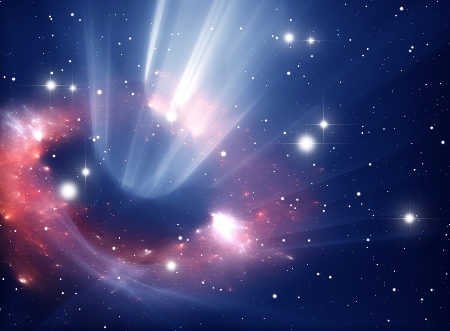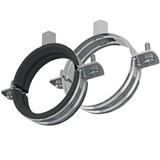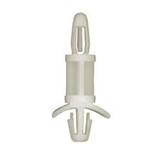The Australian National University's Advanced Instrumentation and Technology Centre at Mount Stromlo has been contracted to design one of the first instruments for the Giant Magellan Telescope (GMT), a super-giant earth-based telescope being built in Chile that is set to revolutionise our view and understanding of the universe.
And EOS Space Systems, with technical support from the centre, has been selected for a commercial $6.4 million contract from the Korean Astronomy and Space Science Institute for a laser ranging telescope to track space junk.
Australian industry 'flying high'
Launching the Mount Stromlo centre's second stage, Macfarlane said both contracts demonstrated that Australian astronomy was flying high in global terms.
"The centre is directly involved in design and development of the GMT, which will collect more light than any telescope ever, at the best resolution ever," Macfarlane said.
"Thanks to the adaptive optics system being developed in Australia the GMT will have a resolution 10 times better than the Hubble Space Telescope, by actively correcting for the blurring caused by the atmosphere.
"This will help find answers to questions about such cosmic mysteries as the formation of galaxies, dark matter and dark energy.
"Australia's first contribution to the GMT is the GMT Integral Field Spectrometer, which will be used to study physical phenomena like the environment around the black hole at the centre of our galaxy and around the planets orbiting nearby stars."
Adaptive optics expertise
Macfarlane said work done by EOS Space Systems using the centre's facilities and adaptive optics expertise contributed to it winning its Korean contract.
"Ensuring that space assets used for earth observations, communications and position, navigation and timing are kept safe among the ever-growing clutter of space debris is a concern for all countries," Macfarlane said.
"The centre combined its expertise in adaptive optics with the EOS Laser Ranging Facility to develop a system that tracks much smaller pieces of debris, leading to this new contract."
Macfarlane said he was impressed with the dedication to commercialisation and collaboration between researchers and private firms at the Mount Stromlo facilities.
"The number of signs here showing the presence of private industry partners acknowledges the opportunities for the centre to diversify and expand Australia's advanced technological capabilities to include the space industry," Macfarlane said.
"This centre demonstrates that Australia is determined to continue to engage with world-leading technologies and support niche manufacturing."












